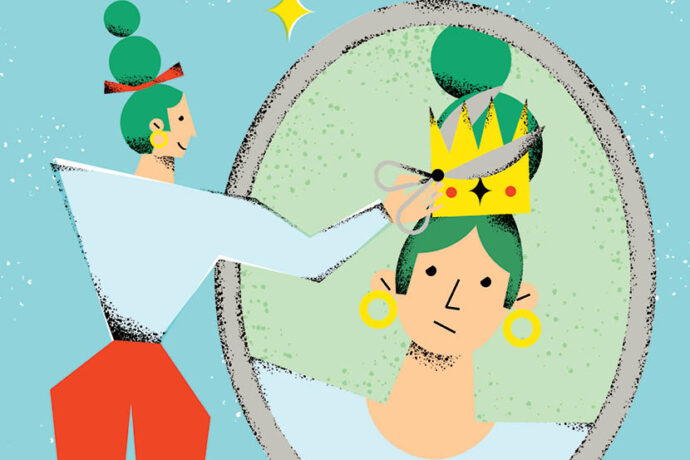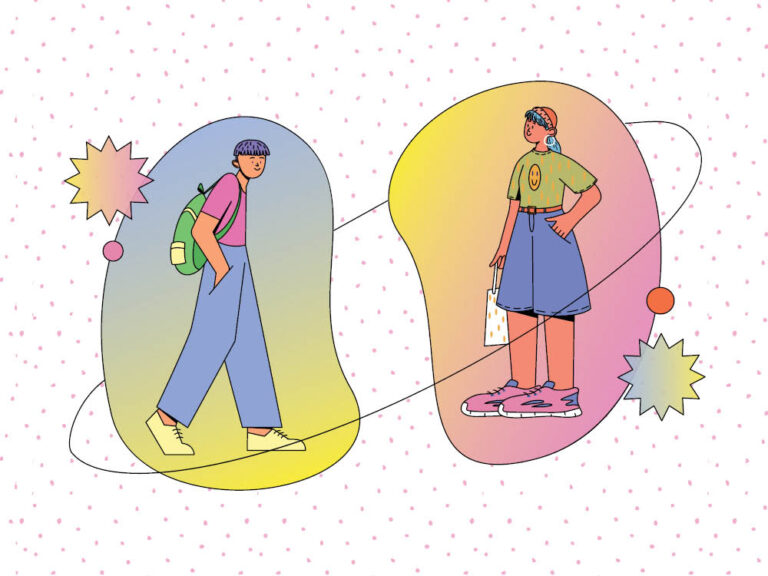
When we’re stressed, sad or stroppy, we might eat in order to feel better. How can we stop using food as a way to cope?
Many of us will be able to relate to the fictional character Bridget Jones as we wallow in self-pity, wrapped up in a blanket, spoon in a tub of ice cream, forming a relationship simultaneously with two men – Ben and Jerry. Part of us knows we won’t feel good after scoffing a whole tub of ice cream but, at the time, it seems to be just what we need.
At its heart, this is emotional eating or, as it’s more commonly known, comfort eating. It’s where we consume food not to satisfy our hunger but because of how we feel. According to dietician Jane Jakubczak at the University of Maryland, 75 per cent of overeating is caused by emotions.
Instead of dealing with our feelings, we turn to food to make us feel better, but this is not the way to satisfy emotional hunger.
How to combat comfort eating
To stop feeding our feelings, we need to listen to our body’s innate wisdom and find a new coping mechanism that doesn’t involve food. Before you get started, make sure you have a food/mood diary to hand. This will enable you to recognise any patterns that emerge between what you feel and what you eat. Once you’re all set up, make your way through these three steps.
Emotional or physical hunger?
Comfort eating tends to happen automatically without our full awareness. The next time you find yourself heading towards the fridge or cupboard for a quick snack, take a moment to pause and reflect. Think about whether you feel physically hungry. To help you tune into your body and listen to what it’s telling you, create a hunger scale. First, draw a long vertical line down a blank page in your diary. Write zero at the bottom and 10 at the top.
Add in the following six labels along the line:
10 Stuffed / sick
8 Satisfied / full
6 Nearly satisfied / energised
4 Hungry / grumbling stomach
2 Weak / light-headed
0 Ravenous / starving
Rank your hunger from zero to 10 using the scale. If you pinpoint yourself on the bottom half of the scale, you’re physically hungry and your body is saying it requires energy. If you put yourself on the upper half of the scale, you’re more likely to be emotionally hungry.
Identify the emotional trigger
Take a deep breath. As you inhale, open yourself up to seeing things from a fresh perspective. As you exhale, let go of any lingering self-judgements. Then ask yourself the following series of questions (note your thoughts in a diary):
- What (if any) negative thoughts are you having right now?
- What emotion is associated with these thoughts? Is it loneliness, or maybe anger or disappointment?
- What in your life might have triggered the emotion?
- What is the need behind this feeling? What are you craving in life? For example, if you feel stressed, the need may be to have more relaxation and rest.
It can be scary checking in with how we are feeling. When it comes to our emotions we can feel powerless and fear releasing long-suppressed anxieties. But to gain control over our emotions, we need to identify, acknowledge, understand and accept them. Only then will they start to lose their power over us. It will also give us a chance to have a better understanding of ourselves.
Meet your emotional needs
Now we know which emotion we are trying to soothe using food, we can begin to find new, healthier, ways to meet our emotional needs and cravings in life. On a blank page in your diary, brainstorm a list of things you could do to satisfy the need you identified in question four. These will, no doubt, be things that you do for pleasure, relaxation and enjoyment. For example, my top five would be practising yoga, going for a walk, having a bubble bath, reading a good book and playing with my cat.
We all slip up now and again. So try to remove temptation by keeping a vast array of healthy and delicious wholefoods. Make sure you forgive yourself, learn from it and get back on track. As you start to manage your emotions without food, reward yourself with a different treat, say, a trip to the movies or a visit to a favourite art gallery.
This will help you to create and maintain healthier habits that will feed your soul and remind you that food is fuel, not therapy.
Words: Juliana Kassianos
This article was originally published under the title ‘Food for thought’ in Issue 5 – Start believing



















